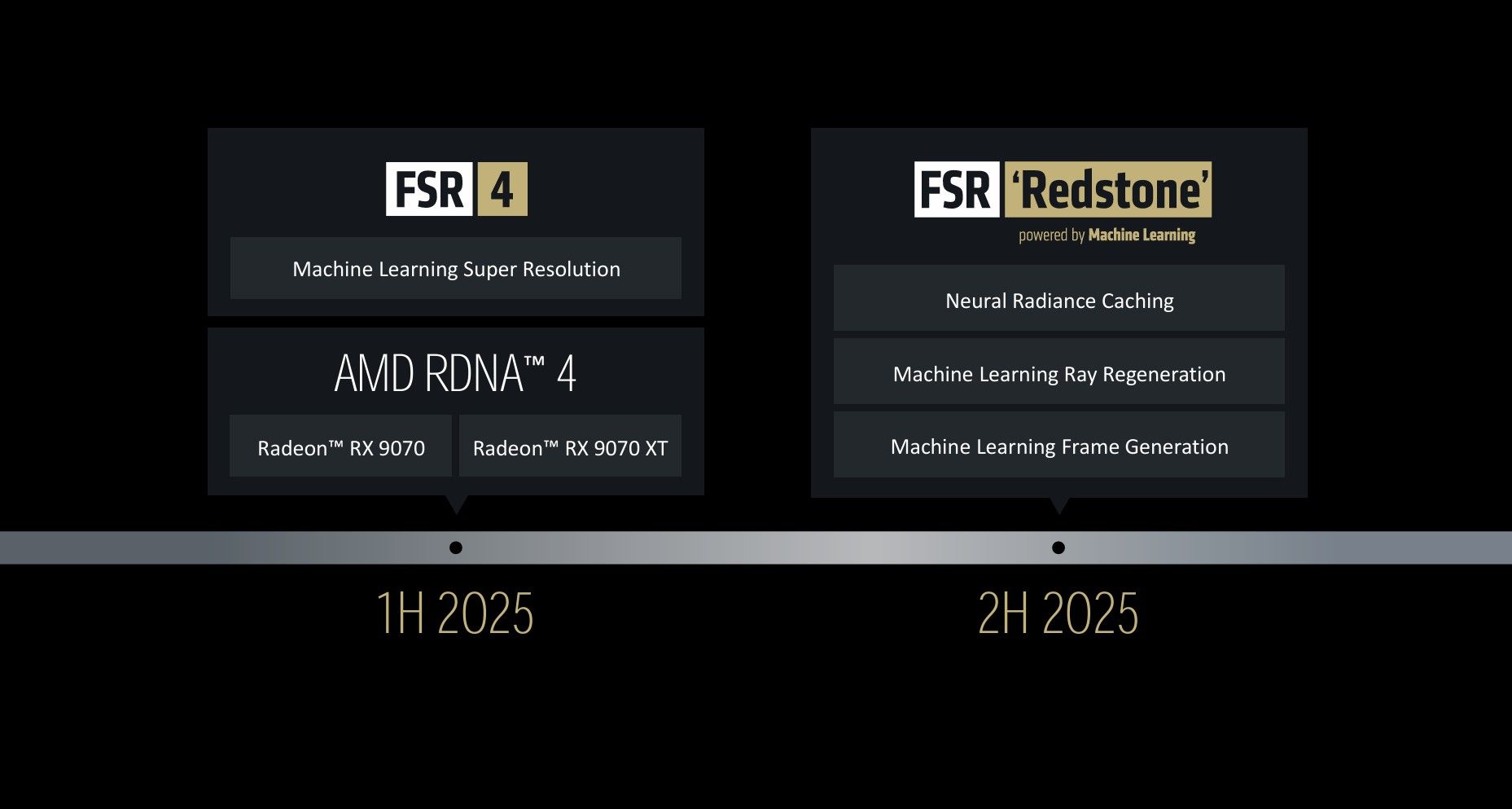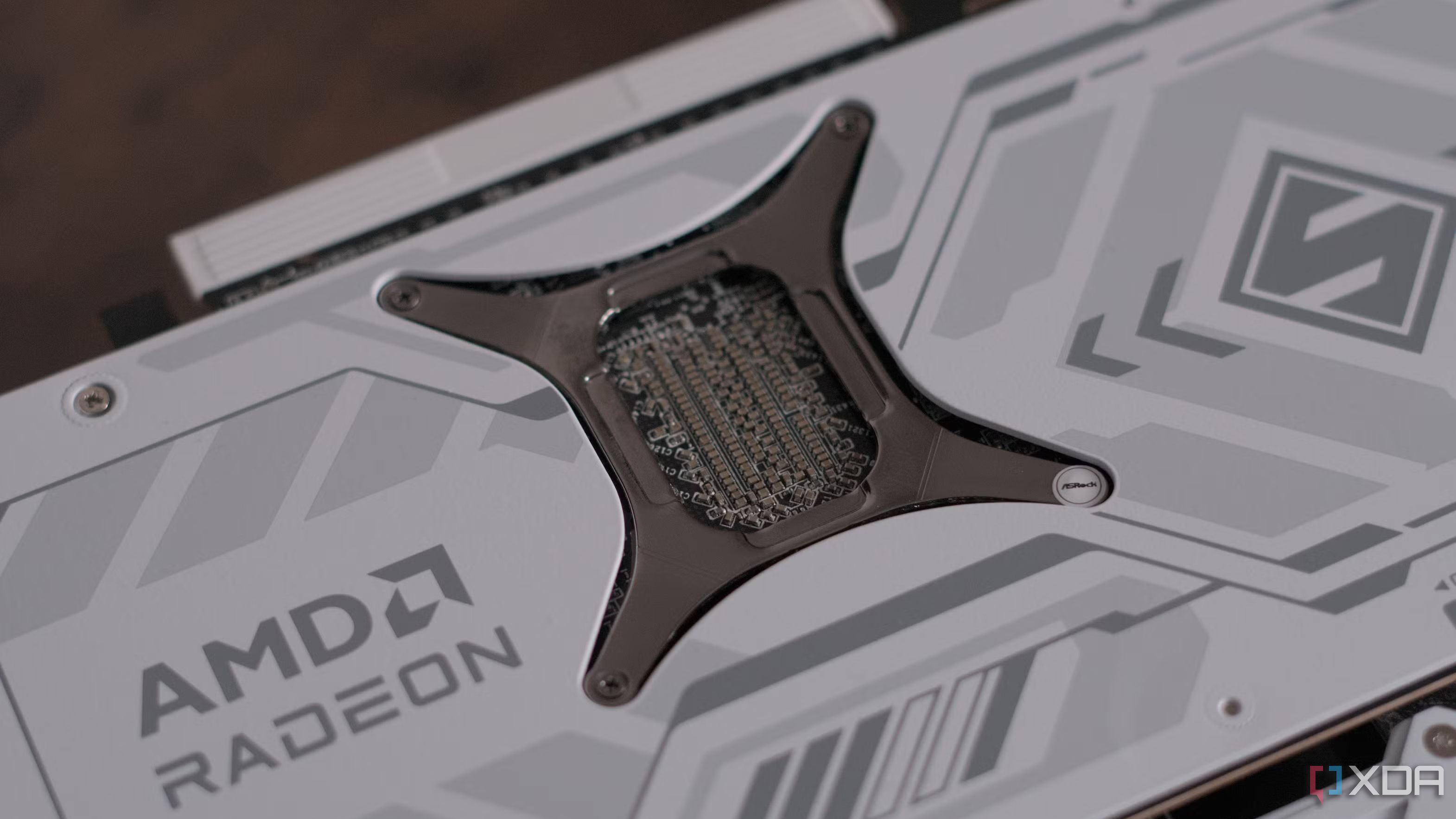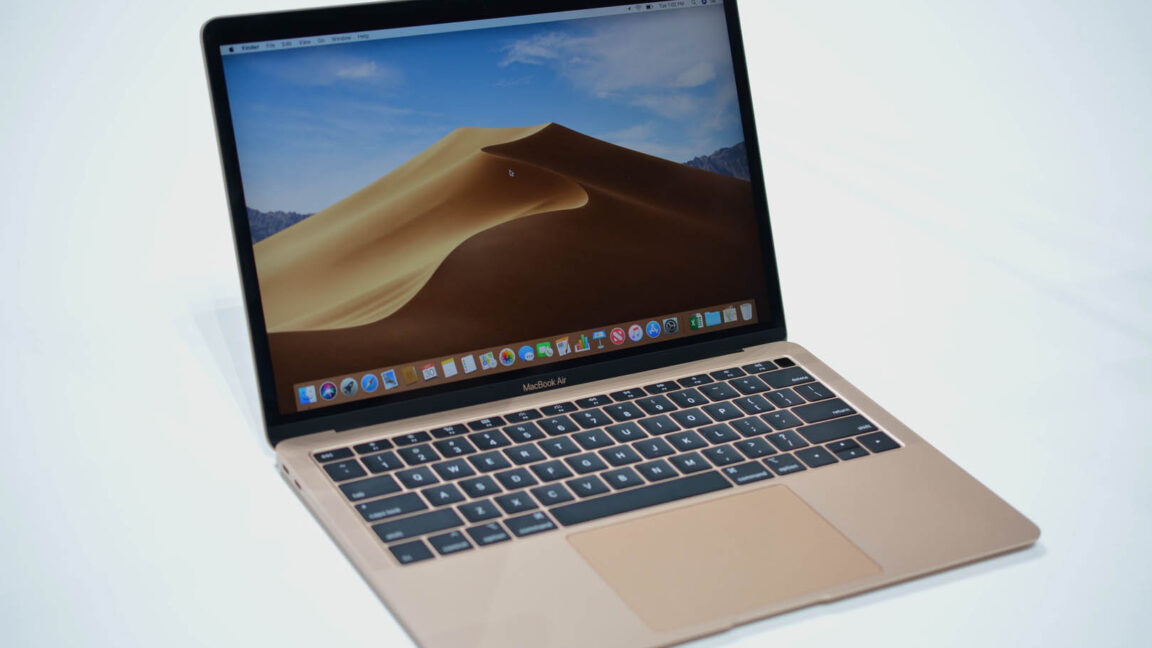Summary
- FSR Redstone, launching in 2025, features neural radiance caching, ray regeneration, and AI-driven frame generation.
- Ray regeneration is AMD's answer to Nvidia's DLSS ray reconstruction, aiming to improve image quality.
- Redstone will be exclusive to RDNA 4 cards, matching DLSS features and representing a significant upgrade for FSR.
AMD is already cooking up the next version of FSR. Despite launching the impressive FSR 4 just a few months ago, a significant update to the performance-enhancing feature suite is in the works for a release in the second half of 2025. It's called Redstone, and although we don't have a ton of details about it yet, AMD laid out several additional features that will be joining the FSR suite that finally match what Nvidia has established with DLSS.
FSR Redstone is a significant upgrade set to arrive this year
It matches DLSS on nearly every point
 Source: AMD
Source: AMD
There are three new features in FSR Redstone: Neural radiance caching, ray regeneration, and AI-driven frame generation. Starting with the neural radiance cache, this is a feature we first heard about with the launch of Nvidia's RTX 50-series GPUs. It's one of the cornerstones of neural rendering, and it's a significant feature for games that feature path tracing. Instead of tracing every ray for every pixel, the GPU maintains a cache of rays and feeds those samples to an AI model. That model, in turn, can infer thousands of additional rays. It's a shortcut with AI for full-on path tracing.
That's a feature mainly targeting future games. The other two features are a bit more relevant to the games we have today. Ray regeneration is what Nvidia calls ray reconstruction in its DLSS suite. Essentially, it replaces the ray tracing denoiser used by games with an AI-driven denoiser. Without going too deep in the technical weeds, an image that's ray-traced in real-time will have some amount of noise; only so many rays are calculated, and they don't all terminate at a light source, leaving some pixels without color information. It looks like a grainy image, and the denoiser steps in to clean up the rough edges.
The problem is that denoisers built into most games aren't very good, and they often muddy reflections and shadows. If AMD is able to accomplish what Nvidia has with ray reconstruction, you can expect a significant improvement to image quality. Ray reconstruction is the unsung hero of the DLSS suite, and it's great to see the feature come to AMD cards.
Finally, AI-driven frame generation, which speaks for itself. FSR 4 features frame generation, but it's not an ML-based implementation. Redstone changes that, hopefully improving the quality of the generated frames.
When pressed about Multi-Frame Generation (MFG), which is a feature Nvidia debuted with its RTX 50-series GPUs, AMD's David McAfee said that "it's all steps in that direction." AMD isn't saying if Redstone will have any MFG capabilities, and it certainly doesn't seem that way right now. However, clearly AMD has seen what Nvidia has done with MFG, and it's likely that FSR is working in that direction.
Just like FSR 4, the Redstone update will be exclusive to RDNA 4 graphics cards, including the newly-announced RX 9060 XT. Although AMD has gone back and forth on its FSR strategy, it may have finally found its footing. Redstone looks like an update that will match DLSS point-for-point, which is a position AMD has never been in with FSR before.
.png)











 English (US) ·
English (US) ·